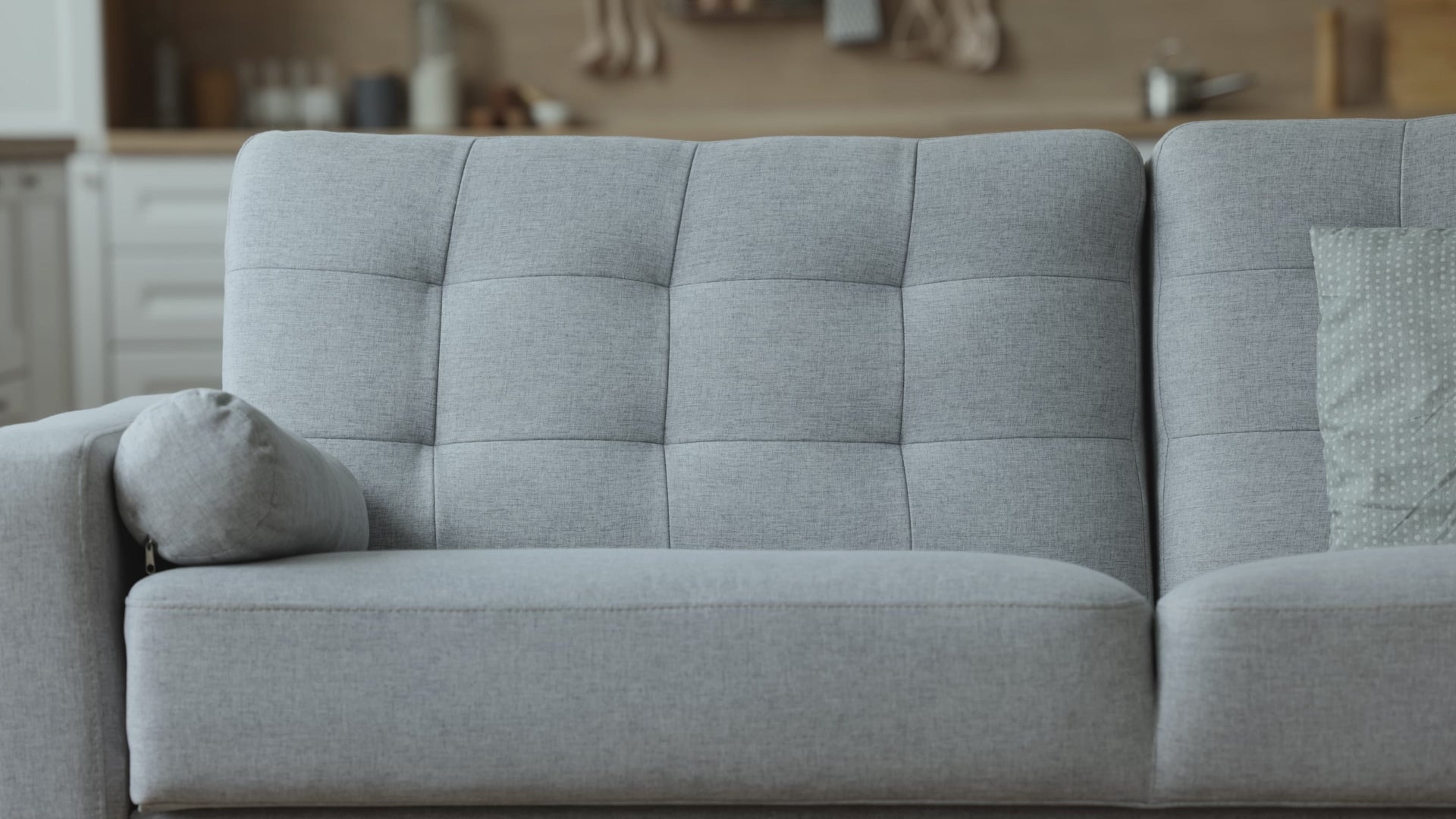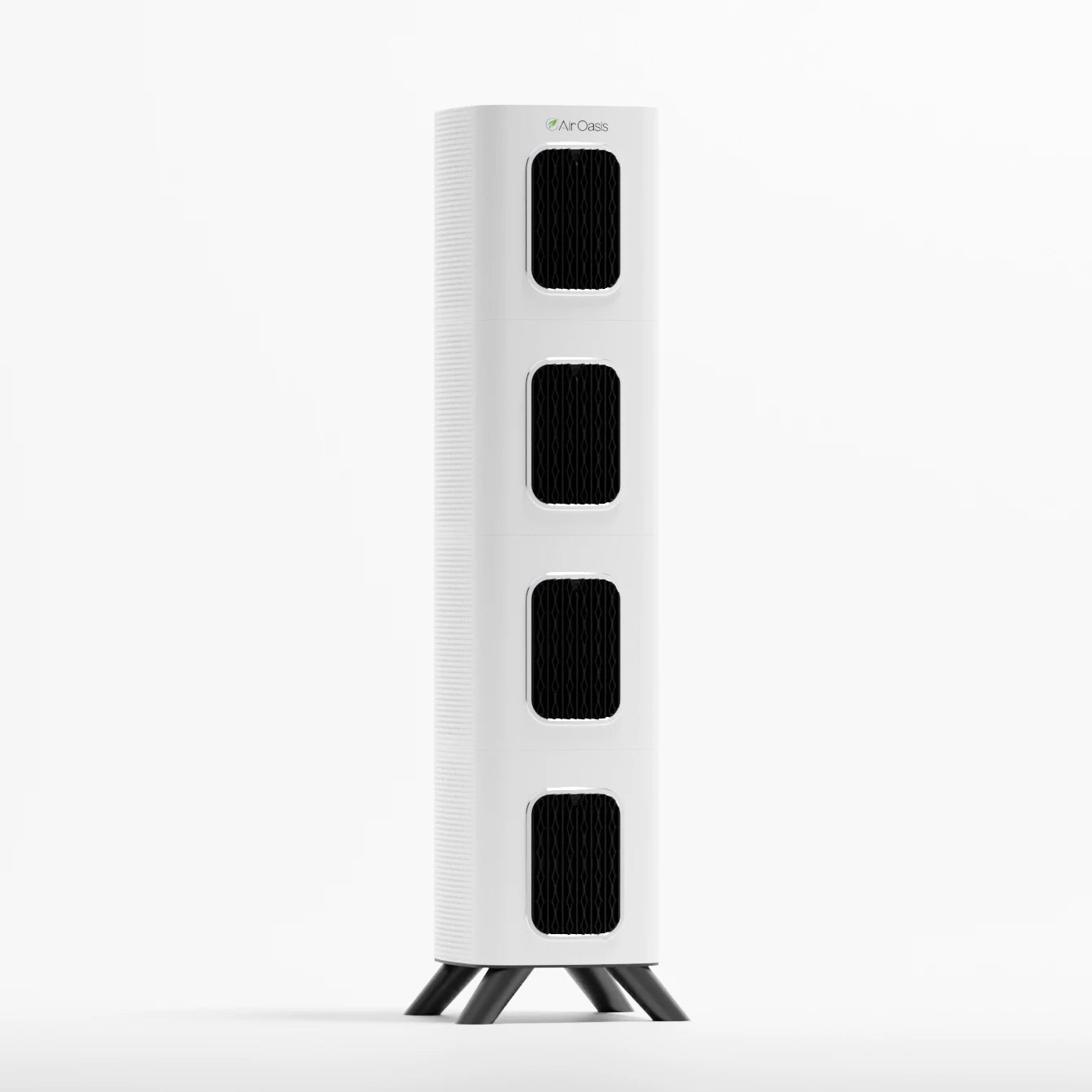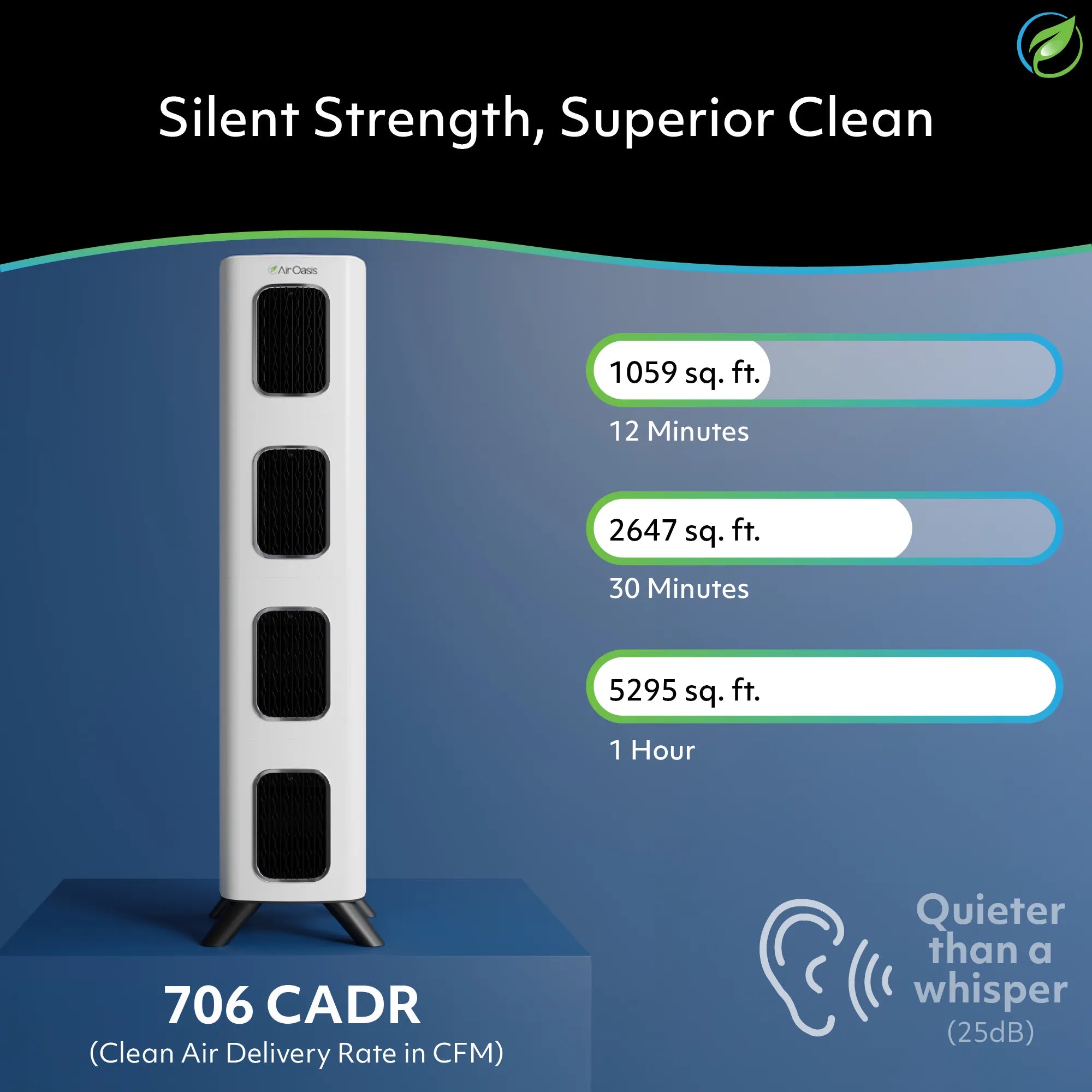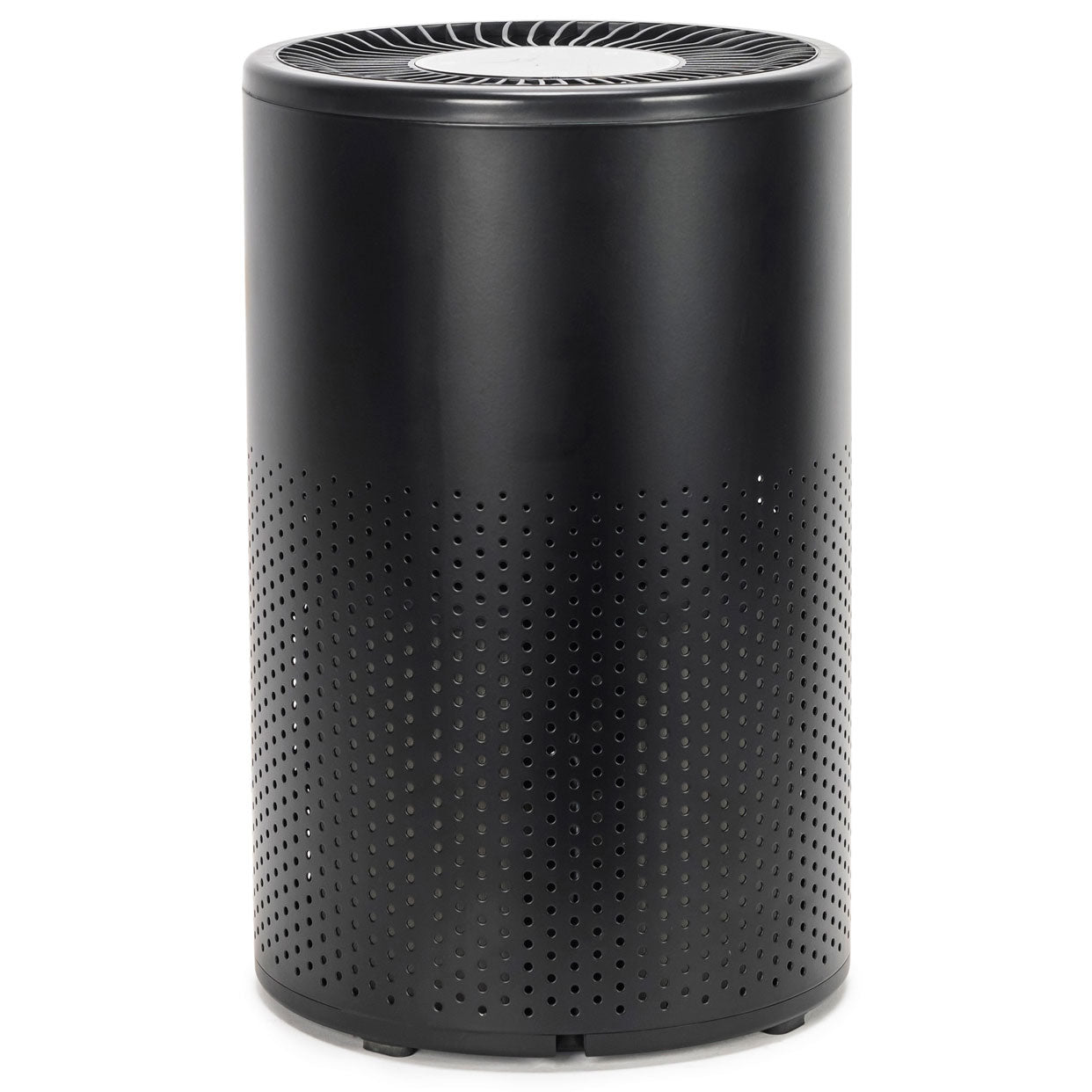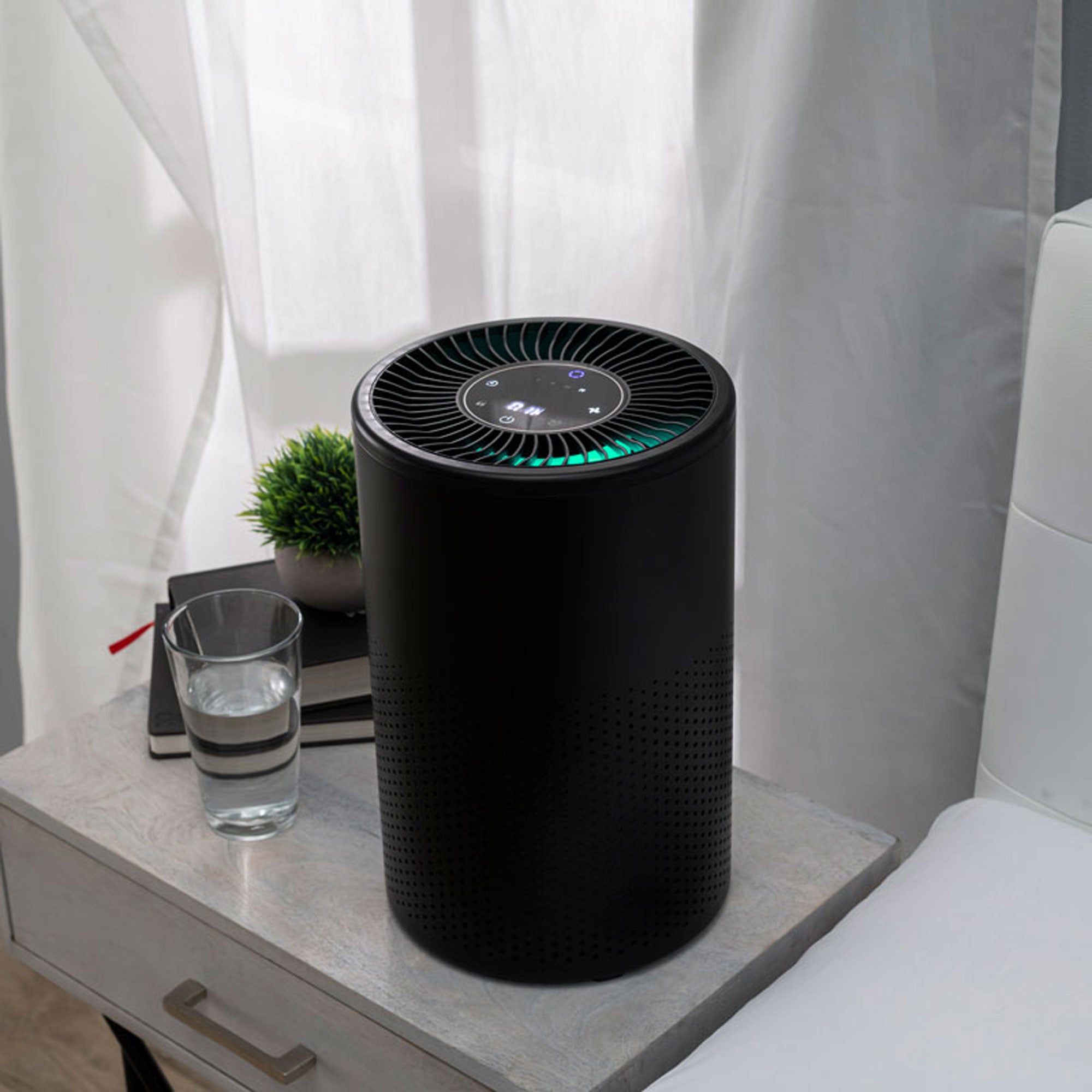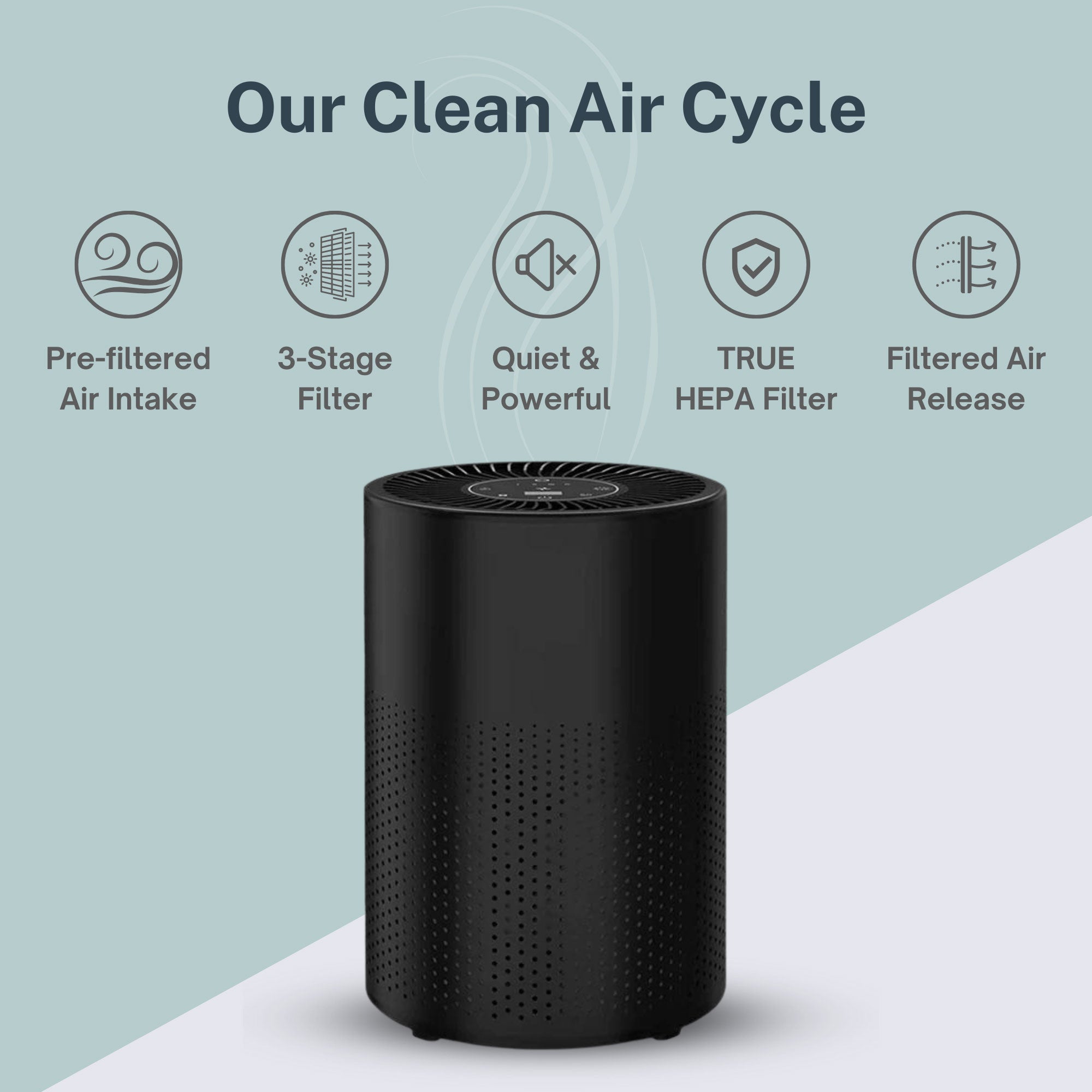Human lungs are stunningly complex; they're also highly efficient. In addition to delivering oxygen and expelling carbon dioxide, lungs produce lubricants to smooth the expansion and contraction process, as well as to protect from pathogens and pollutants. Lungs also have a considerable reserve capacity, meaning that it's possible for someone to lose 50% of their lung function before feeling any symptoms.
Despite their capabilities, lungs are vulnerable to conditions in the surrounding air. Pollution, whether indoor or outdoor, can wreak havoc on the lungs' ability to perform and even cause serious respiratory illness. As the dissemination of oxygen is arguably the body's greatest base need, a compromised respiratory system has profound effects on the entire body.
Unfortunately, indoor spaces like the home and workplace can provide a steady stream of pollution to the lungs. However, breathing polluted air isn't a foregone conclusion — there are many ways to improve indoor air quality, such as running a high-quality air purifier. Keep reading to learn about how indoor air quality affects respiratory health, as well as how air purifiers may be able to help.
At Air Oasis, we know you're only as healthy as the air you breathe. That's why we're committed to manufacturing the highest quality air purifiers on the market. If you need help choosing the best air purifier for your home, give us a call at (806) 373-7788.
How Indoor Air Quality Impacts Health
Many people assume that indoor air must be cleaner than outdoor air. Afterall, indoor air doesn't have smog, wildfire smoke or plant allergens, right? Not exactly. The thing about most modern buildings is that they're somewhat airtight, meaning that their design doesn't allow for much leakage or natural ventilation. As a result, pollutants and allergens may enter a building when the door's open and be unable to leave once inside.
Additionally, many air pollutants originate indoors. Modern amenities are not without their consequences, as evidenced by the presence of volatile organic compounds (VOCs) in building materials, personal care products and cleaners. Allergens like mold can also grow in humid, damp places and be continually recirculated by the HVAC system. Pest allergens, bacteria, asbestos, and radon are just a few of the many pollutants you could be breathing in your indoor air.
Over time, indoor air pollution has a deleterious effect on an occupant's respiratory health. Poor indoor air quality can contribute to the development of infections, chronic lung conditions like asthma and even lung cancer. People who have preexisting lung conditions are at greater risk for developing more serious illness as a result of poor indoor air quality.
Indoor Air Pollutants
It's not just that indoor air quality has the potential to be as bad as outdoor air quality — the real upset is that it has the potential to be much worse. According to the Environmental Protection Agency (EPA), indoor levels of pollutants can be two to five times, and occasionally more than 100 times, higher than outdoor levels of pollution.
There are various sources of indoor air pollutants, including combustion sources, cleaning supplies, paints, and building materials.
Volatile Organic Compounds
Every time you cook with a gas stove, you're releasing a host of harmful VOCs into the air, including carbon monoxide and formaldehyde. Each time you spray an air freshener, disinfect a surface or install new carpet, you're doing the same. The truth of the matter is that most indoor air is rife with VOCs because of the chemicals used to manufacture home products.
VOCs are ubiquitous and pose a serious health risk. Exposure to VOCs can irritate the lungs, damage the central nervous system and even cause cancer. They are especially dangerous for people with asthma or lung conditions. If you're ready to address the VOCs in your home, you may want to consider a high-quality air purifier for VOCs.
Natural Air Pollutants
In addition to VOCs, some indoor air pollutants come from natural sources. The top examples of these include radon, mold and pet dander.
According to the World Health Organization, radon is responsible for 3-14% of lung cancer cases in a country. Radon is a colorless, odorless gas produced from the decay of uranium in rocks and soil. The concentration of radon in a building depends on several factors: the uranium content in the underlying soil, the pathways by which radon enters the building, radon exhalation from building materials and the building's ventilation.
Seasonal Allergies
Allergens, including dust, pollen, mold spores, pet dander and pests, can accumulate in indoor spaces that lack proper ventilation. In the home, allergen particles can hang suspended in the air until breathed in by the home's occupants. Once breathed in, allergy sufferers can experience symptoms like nasal congestion, throat and lung irritation, itchy skin and more.
Although allergy sufferers are unlikely to experience many dangerous symptoms, they are at a higher risk for developing lung infections and illnesses. Pet allergens cause symptoms similar to swollen nasal passages. In addition to a runny or stuffy nose, sneezing and shortness of breath are common when exposed to pet allergens.
For people with allergies, the presence of an allergen triggers a hyperactive immune response, which puts stress on the entire body. Additionally, the lung irritation associated with allergies increases risk for asthma attacks and other lung conditions. Luckily, it isn't hard to find an air purifier designed to prevent indoor allergens from damaging our lungs.
Viruses & Bacteria
In the wake of the COVID-19 pandemic, there's a lot of focus on virus transmission and prevention. It's important for people to understand that just because you're inside of your home doesn't mean you aren't susceptible to viruses brought in by family members and friends. Running an air purifier for viruses can be an effective way to mitigate the risk of some viral lung infections and illnesses.
Like VOCs and allergens, viruses and bacteria can linger in the air until breathed in by a home's occupant. Viral infections can worsen asthma attacks, and other biological contaminants can trigger allergic reactions, hypersensitivity pneumonitis and asthma attacks.
A specific form of pneumonia is tied to poor indoor air quality related to buildings with low quality central air conditioning and heating systems. Legionnaires' disease is caused specifically by Legionella bacteria which is transmitted by airborne water. Using a high grade air purifier can help prevent Legionnaires' disease by killing off the dangerous bacteria before it spreads.
Indoor Air Quality and Respiratory Illnesses
The United States Environmental Protection Agency provides guidance on managing indoor air quality, including ROE indicators. Based on extensive data and research, the two national indicators of air quality are measures of radon and serum cotinine (measure of exposure to tobacco smoke). Therefore, many air purifiers are designed with these two indicators in mind.
The very presence of indoor air pollutants like VOCs, allergens and biological contaminants won't necessarily cause a respiratory illness. However, exposure to these pollutants does increase risk for developing some respiratory illnesses and infections, as well as increase the severity of symptoms in people who already have respiratory illnesses. Fortunately, research suggests that air purifiers can mitigate risk for respiratory illness by reducing or removing many airborne pollutants.
Finding the right air purifier can be difficult, especially when you need to account for different needs. For example, some air purifiers are specifically designed with asthma in mind, while others are tailored towards allergies or lung diseases. Fortunately, as technology has advanced in recent years, air purifiers are available in more specialized forms. Consider an air purifier that targets the following problems:
Air Purifiers for Asthma
About 25 million Americans have asthma, a condition that causes swelling of the airways. Evidence suggests that VOCs may be significantly associated with asthma inflammation, and there are strong correlations between allergen and virus exposure and asthma. Luckily, there is also evidence that air purifiers can improve the air asthmatics breathe in.
A recent meta-analysis indicates that air purification strategies through a high-quality air purifier can improve symptoms associated with mild to moderate asthma and may also provide benefits to people who suffer with severe asthma. Another recent study found that air purifiers, especially ones with HEPA filters, were able to significantly reduce levels of particulate matter associated with allergic airway disease.
Air Purifiers for Allergies
Allergies and asthma often occur together and have many of the same triggers; as a result, reducing indoor allergens is a good way to address both conditions. In a study of environmental remediation, researchers found that a multi-tiered approach that included the use of air purifiers with HEPA filters provided significant health benefits to both allergy and asthma sufferers.
Air Purifiers for COPD
Chronic obstructive pulmonary disease (COPD) is a group of diseases that causes airflow blockage and breathing problems. Emphysema and chronic bronchitis are types of COPD. According to the Centers for Disease Control and Prevention (CDC), exposure to air pollutants plays a key role in developing COPD.
Poor indoor air quality poses a distinct risk to people with COPD, as they are especially susceptible to lung irritants and infections. In a clinical trial of air purifiers to improve indoor air quality and COPD health, patients using air purifiers with HEPA filters reported improved COPD symptoms and reduced the rate of rescue medicine use. Researchers found that portable air purifiers provided significant health benefits to COPD sufferers, particularly ones who spent more time indoors.
Air Oasis Air Purifiers
Our lungs are incredibly effective air filtration systems all on their own. However, amid so many indoor air pollutants, they need a little help from time to time. The research shows that an air purifier can reduce or remove many of the contaminants known to exacerbate lung problems and respiratory illnesses. By running a high-quality air purifier, you can improve your indoor air quality while reaping significant health benefits.
Air Oasis is committed to creating the best air purifiers on the market. Whether you're interested in an air purifier to improve asthma, allergies or COPD, we've got you covered. Our air purifiers utilize the top purification technologies, undergo rigorous lab testing and are used by reputable institutions around the world. Questions? Feel free to contact us online or give us a call at (806) 373-7788.











